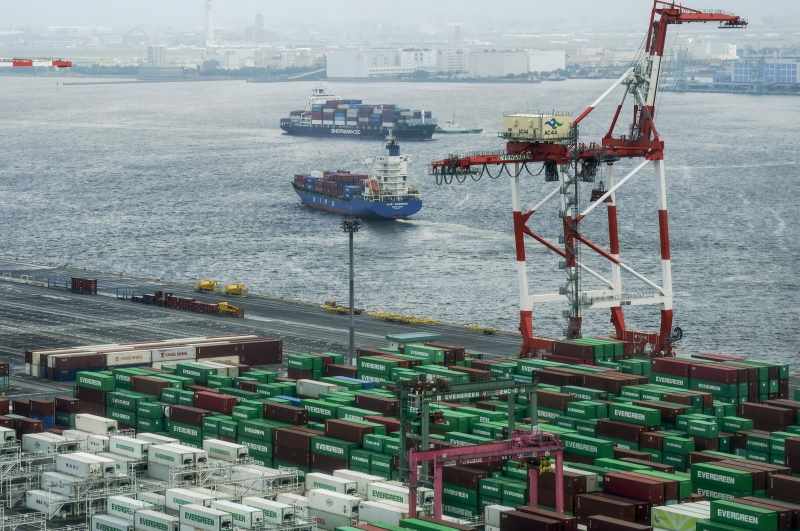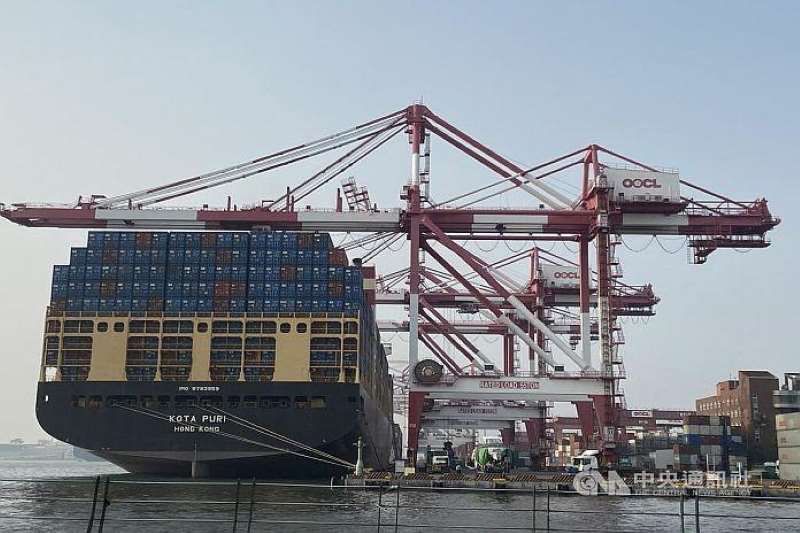The Chinese dominance: Ships are essential for global trade, but Donald Trump opposes China manufacturing most of them. His administration argues that Beijing achieved dominance unfairly, harming the U.S. To counter this, he proposes a tariff of at least $1 million for every Chinese vessel arriving at U.S. ports.
Strategy to Revitalize the Shipbuilding Industry
The U.S. has lacked large-scale commercial ship production since the 1970s, falling behind global leaders. China dominates the market, challenging even South Korea’s competitiveness. Trump’s proposal seeks to revitalize domestic shipbuilding by mandating American vessels for transporting national goods. Strengthening local industry could reduce dependence on foreign manufacturers and enhance economic security.
Business Opposition and Economic Consequences
Shipping companies, port operators, and retailers oppose the measure, fearing bankruptcies and increased import costs. The U.S. Trade Representative’s Office proposes taxing fleets with Chinese ships. Additional tariffs could target operators relying on Chinese shipyards for vessel construction. These policies might reshape global trade dynamics, affecting supply chains and market competitiveness.
Incentives for Using American Vessels
To mitigate impacts, the U.S. proposes reimbursements of up to $1 million for companies using domestically built ships. Additionally, American vessels will be prioritized for exports, starting at 1% and increasing to 15% over seven years.

Trump’s Bold Tariff Strategy A Return to Protectionism
Trump’s bold tariff strategy reflects his campaign promise to reinstate import taxes as a central U.S. economic policy. Upon re-election…
China’s Growth in Shipbuilding
China leads global shipbuilding, with 57% of vessels under construction in its shipyards. Its rise began after joining the WTO, backed by state subsidies and financing. Between 2010 and 2018, Beijing provided $132 billion in financial support.
National Security and the Need for Reconstruction
Washington views the shortage of U.S.-flagged ships as a strategic risk. A bipartisan effort seeks to strengthen shipbuilding and train merchant mariners. However, the U.S. would need at least seven years to deliver its first commercial ship under this policy.
Impact on Global Trade
The measure could drive inflation and impact regional ports. Some manufacturers and unions support it, but exporters and retailers warn of adverse effects. As the U.S. finalizes its policies, the market is already imposing restrictions on Chinese vessels and adjusting international trade strategies.


